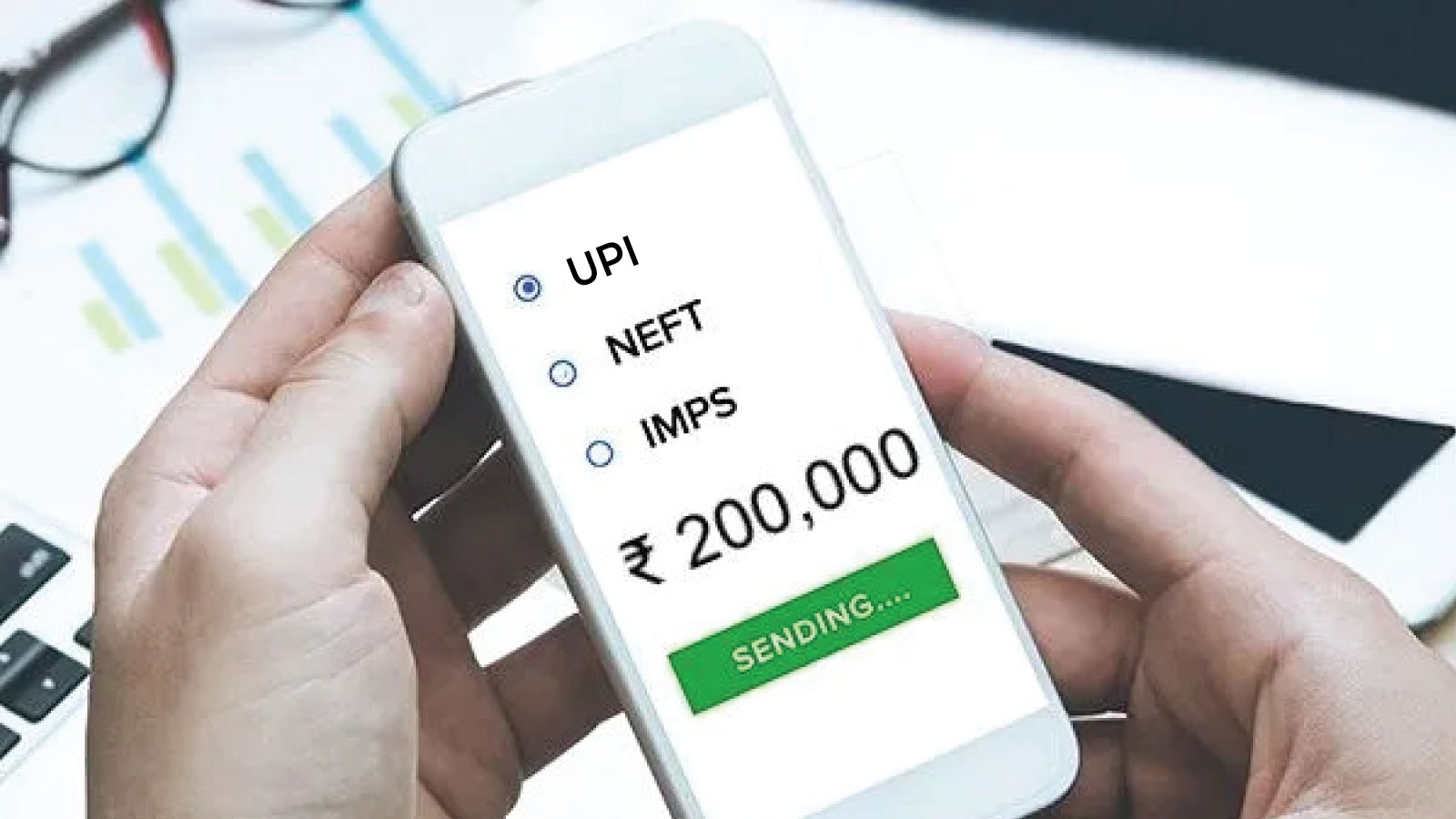Technology has revolutionized the banking sector and made the transfer of funds from one account to another incredibly easy. In India, there are different ways of sending money online – RTGS, NEFT, IMPS and UPI. In this article, we will compare and contrast the basics of IMPS, NEFT and UPI. We will also discuss which mode is better for you!
NEFT – National Electronic Funds Transfer
NEFT enables you to transfer any amount to your recipient’s account in a one-on-one transfer. They don’t have a maximum limit of funds that can be transferred in a day. The system is available round the clock, on all days (24/7/365) and funds are transferred in batches and are settled in 48 half-hourly time slots throughout the day. The only requirement is that banks should be NEFT-enabled.
All you need to do is to log in to your net banking portal and add your recipient as a beneficiary to transfer funds via NEFT. Details such as name, account number, account type and IFSC code need to be added under the Add New Payee section.
IMPS – Immediate Payment Service
With IMPS, you can transfer funds electronically from one bank to another without any hassle. The service is available 24/7 and you can transact even on bank holidays. However, it allows you to transfer amounts up to ₹5 lakhs instantly. It is a service offered by the National Payments Corporation of India (NPCI). IMPS transactions are cleared instantly, unlike NEFT which processes transactions in batches. IMPS is also available completely online.
UPI – Unified Payments Interface and QR
UPI is also launched by the NPCI. Using UPI, users can pay directly to different merchants from their bank accounts. There’s no need to type card details, IFSC codes or net banking passwords. At present, the upper limit per UPI transaction is Rs.2 Lakhs. UPI transactions can be done on a smartphone with the internet. However, recently, the NPCI introduced UPI 123PAY.
Through UPI 123PAY, feature phone users will now be able to undertake a host of transactions based on four technology alternatives. They include calling an IVR (interactive voice response) number, app functionality in feature phones, missed call-based approach and also proximity sound-based payments.
Know more about UPI 123PAY on the NPCI website.
With UPI, you cannot transfer funds abroad. But you can receive it through 2 platforms – Wise and Western Union. Currently, 316 banks are live on UPI (April 2022). To perform a UPI transaction, you can PUSH (send money) or PULL (request money).
Unlike IMPS and NEFT, you do not need to add a beneficiary for UPI. One can simply send money through a Virtual Payment Address (VPA) or a QR code. Moreover, a single bank account can be linked to multiple Virtual Payment Addresses. This cannot be done with NEFT or IMPS.
As of April 2022, the value of UPI transactions was 9,83,302.27 crores.
The QR code payment system consists of the acquirer, the issuer and the NPCI (transaction processing engine). It has initiated a new way for customers and merchants to exchange funds using mobile phones. This was introduced in an attempt to encourage more people to use digital payments instead of cash. Some features include low-cost infrastructure, push-based traction, remote management of merchants and customers, and so on.
The QR-based market is advancing at an accelerated pace. Some ATMs can now dispense cash without the use of a physical ATM card. All you need to do is scan a QR code using your UPI account, select your bank account and enter your PIN. This leads to quicker transactions and accessibility, as not everyone carries a wallet or an ATM card.
| Particulars | NEFT | IMPS | UPI |
| Regulation | RBI | NPCI | NPCI |
| Settlement Type | Half-hourly batches | Immediate | Immediate |
| Minimum Transfer | ₹1 | ₹5 | ₹1 |
| Maximum Transfer | No limit | ₹5 lakh | ₹2 lakh |
| Payment Options | Online and Offline | Online | Online (Offline can be done through UPI 123PAY) |
| Timings | In batches, 24/7 | 24/7/365 | 24/7/365 |
Virtual Address-Based Payments and Collections with Mobileware
With this UPI-based product, you can make peer-to-peer and peer-to-merchant payments without sharing personal details. All you need is the virtual address of the payee to transfer funds instantly. You can also make payments from your bank to any other bank; the process is fully interoperable. It can easily integrate into any app to enable real-time payments and collection.
Mobileware’s QR solution is a winning product that has removed dependencies on POS machines and card payments. It provides you with a simple product that is easy to integrate and provides the user with a ‘WOW’ experience.
You can get in touch with us – here.
